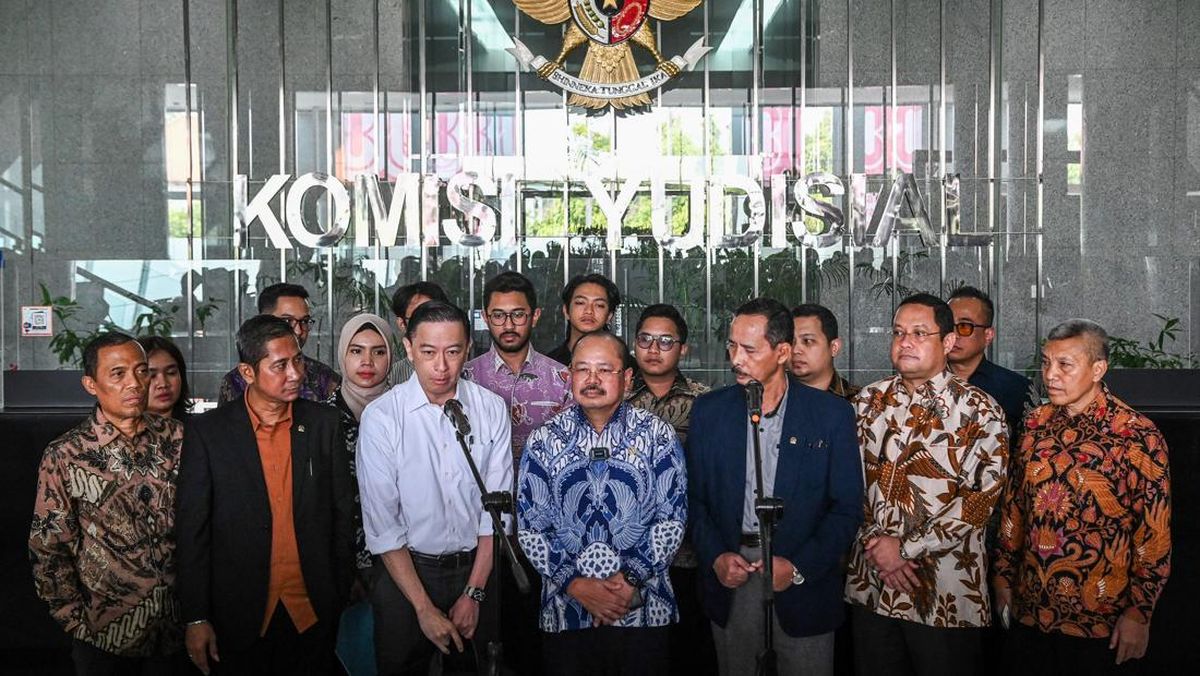Miners, farmers, surgeons and even politicians are among the occupations that put in Australia’s longest work hours.
Analysis of census data by this masthead has revealed assistant drillers, a common job on mine sites, have the nation’s longest average full-time hours at 70.3 hours a week. Next were the drillers they support (68 hours) with shot firers, who prepare and detonate explosives for mining, construction and demolition, third (67.4 hours).
Jobs with the biggest hours are mostly regional and often remote – the 20 occupations with the longest average full-time hours were primarily in mining and agriculture – although neurosurgeons (average 58.1 hours a week) and members of parliament (58.5 hours) also made that hard-working list.
How many hours a week do people in your occupation work on average? Type your job into the interactive tool below to find out.
Queenslander Skye Jackat worked for nine months at an iron ore mine in the Pilbara region of Western Australia doing the job that topped the list for longest hours.
Being a driller’s assistant is hard, dusty work; a typical day on the mine started at 4am and Jackat wouldn’t crawl into bed until 8.30pm.
“It was insane, like 40 to 50 degrees most days during summer, doing 12 hours a day,” she said. “It was a lot on the body.”

Skye Jackat worked for nine months as a driller’s assistant, which involved working 12-hour days for 14 days straight in 40-50 degree heat. Credit: Instagram/Supplied
Jackat, 31, estimates she lost 12 kilograms in the time she was working at the mine, helping prepare equipment and driving huge, rigid trucks for senior drillers, who take core earth samples for geologists to determine where to dig for one of Australia’s most lucrative exports.
“We do all the exploration work before they design the mine and then start mining,” she said.
Loading
In her nine months as a driller’s assistant, Jackat earned about $80,000.
Sophie Kelly, 25, has been working as a trainee driller for 2½ years, flying in for two-week swings then flying out for a week off.
Originally from New Zealand, Kelly had been living pay cheque to pay cheque and struggling to save.

Sophie Kelly, 25, is a drillers assistant on a mine site in WA.
She was tired of “not being able to save or put away any money for my future, and just really couldn’t see myself achieving my goals staying where I was.
“So I moved to Perth alone and started FIFO [fly in, fly out] straight away,” she said.

Sophie Kelly works for two weeks straight, before having a week off.
Despite the toll of long hours on a remote site and the heartache of missing her family back in New Zealand, “hard work pays off”, she said.
But not many women follow Jackat and Kelly’s example – 97 per cent of driller’s assistants are men, the census found.
The overall share of full-timers putting in 50 hours or more a week is fairly small: only about 7 per cent of occupations tracked by the Bureau of Statistics had average work hours in that band.
Nationwide, the average weekly hours for full-time workers was 43.7 hours. But for half of all 941 job types tracked by the bureau, the average was between 40 hours and 42.9 hours.
The census shows weekly full-time hours have been fairly consistent since data on the issue was first collected in 1966.
Census director Caroline Deans said the biggest shift came after 1983, when the national standard working week changed from 40 hours to 38 hours.
“Back in the 70s people were working more hours and as we went through the 80s and 90s, and today, there are slightly fewer hours worked by people,” she said.
Full-timers in big cities tend to work less than regional areas. In the most common city jobs, including retail workers, office clerks and general accountants, average full-time hours were below the national average.
KPMG urban economist Terry Rawnsley said contrasting industry needs was a major factor in the way work hours differ across occupations and locations.
“Mines are running 24 hours a day, so to speak, and mine workers are always busy when they are living on site,” he said. “Whereas with white-collar and other employees in urban areas, the traditional eight-hour shift drives work hours. That’s the social norm.”
Other “social goalposts”, especially household caring responsibilities, also influence average work hours, says Rawnsley.
The census asks people to estimate how many hours they work across all their jobs over the previous week.
Deans said the data collected provides a good snapshot of people’s experience with work.
“People tend to be quite good at ‘guesstimating’ how many hours they worked over the past week,” she said.
The high average hours for mining jobs were influenced by the prevalence of “fly-in-fly-out” work patterns in the sector, where employees stay near a remote mine site and work intensively for several weeks before returning home for a rest period.
Deans said when the census was carried out, 12 per cent of people in the mining industry reported working zero hours the previous week, compared with 6.5 per cent for people in other industries. But on the flipside, 33 per cent of those in mining reported more than 80 hours worked.
Professor Brian Evans, from the energy and chemical engineering school at Curtin University’s WA School of Mines, isn’t surprised mining jobs topped the list for hours worked per week. He thinks the 70 hours a week average estimated for a driller’s assistant may under-represent the true amount of time spent on the job.
But the pay can be good.
“Some of the very nice houses around [high-end Perth suburbs] Dalkeith and Mosman Park are drillers’, let me tell you,” Evans said.
Even though standard full-time hours are 38 hours a week only two occupations out of 917 reported full-time hours lower than that benchmark – library technicians (37.7 hours) and library assistants (37.9). Other workers with relatively short full-time hours were preschool aides (38.5 hours), archivists (38.6), air traffic controllers (39.1) and pharmacy sales assistants (39.1).
The national average for full-time hours revealed by the census was more than 5½ hours longer than prescribed by the Fair Work Commission’s national employment standards.
Professor John Buchanan, a workplace expert at Sydney University Business School, said that gap suggested many Australian workers are doing a significant amount of unpaid work.
“You’ve got to remember the standard is 38 hours, so we’re talking about an extra half a day each week, or more, for all employees,” he said. “Employers have really benefited from the commitment of workers to get the job done.”
Buchanan said the proportion of workers who receive overtime payments for every extra hour worked has declined steadily during the past three decades.
“What you are witnessing in these statistics is the end point of a 30-year employer campaign for hours flexibility, and the result is workers often doing many hours each week for which they are not paid extra overtime pay,” he said.
The number of full-time workers in Australia topped 10 million for the first time late last year and now stands about 10.1 million.
The share of female full-time workers has risen steadily over the past decade: in July 2015 women made up 33 per cent of full-time employees in Australia, but by July 2025, had reached 40 per cent.
The census shows full-time men worked an average of 44.6 hours a week, while full-time women averaged 42.1 hours.
One reason men do more full-time hours on average than women is that most occupations with very long hours are male-dominated; of the top 50 jobs that work the longest full-time hours, 47 had more males than females. The three female-dominated jobs among the top 50 for full-time work hours were obstetricians and gynaecologists (64.6 per cent female) school principals (64.1 per cent) and boarding kennel and cattery operators (63 per cent female).
Average full-time paid hours do not tell the full story about all the labour done by men and women – separate ABS figures show women, on average, spend about eight hours more per week doing unpaid work than men, including housework and childcare.
About one in four men who work full-time reported doing no housework during census week, compared with about one in six women who work full-time. Meanwhile, about 21 per cent of female full-timers did more than 15 hours of housework compared with 10 per cent of men.
The latest ABS data shows almost 950,000 Australians work second jobs, many of them part-time. But the census question on hours worked is worded so that hours worked across all someone’s occupations get collapsed into their primary job.
Deans said the census is held in August because it is a relatively “standard time of the year” for households and avoids breaks such as school holidays.
But she acknowledges that it doesn’t “play out” for all industries and occupations.
“A lot of agricultural jobs have high times and low times, for people working in grape picking I wouldn’t think August is a peak time for them,” she said.
But ski instructors are likely to be working more hours during winter when the census was carried out, for example.
- With Dominique Tassell and Cameron Myles













































